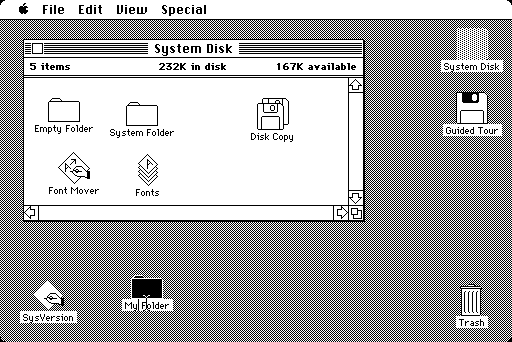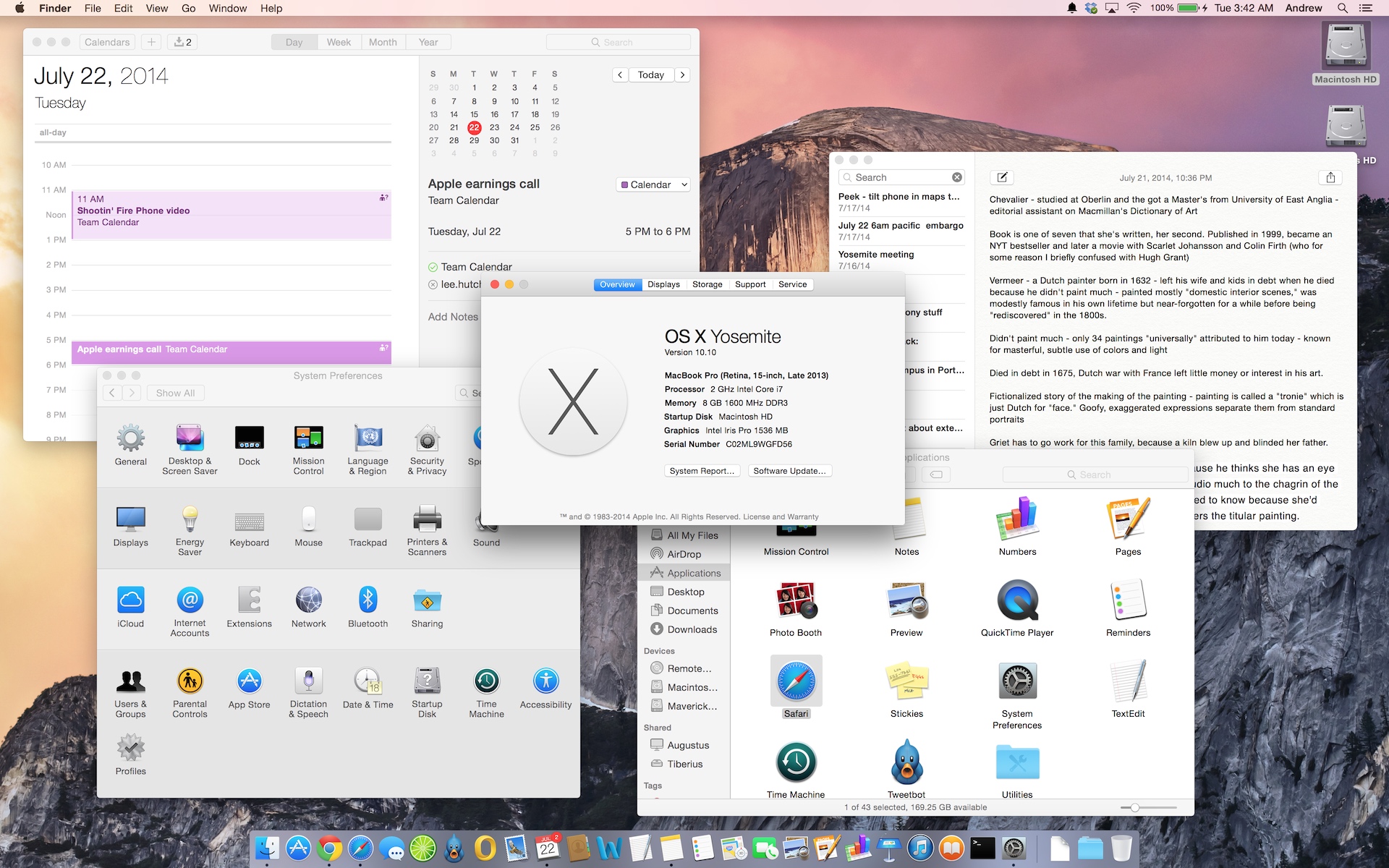They use to call me Superlinux… (my IT bio)
Nearing the end of my undergraduate studies (late 1980s) I needed a computer for my thesis in geology. An assembled one with DOS became a pre-graduation gift. From there I started my adventure with computers, moving from DOS to Windows, to Linux, to Mac and finally back to Linux. I am currently trying to use as much free and/or opensource software as possible. It is the only kind that provides some privacy, anonymity and security on the internet. Also by installing GNU/Linux of course.
Yes because today computers are mostly for accessing the Internet. In fact, most users are better off with a tablet or a big smartphone for all the things they need to do. Internet browsing is now equivalent to being on social platforms. The convergence of computing and telephony has put a computer in everyone’s pocket (if not on their wrist). Yet not too long ago (or maybe it was since we are talking about my youth) one could not imagine what a computer could be used for in someone’s home. In the early days, one even wondered what a portable phone was for! And the same thing was with the Internet: it seemed to serve only large companies. Today, on the other hand, without computers connected to the Internet, we could no longer live. With the need to work or study remotely, the internet and the computer have become essential to everyday life. And once they were only in science fiction movies….
Towards the end of high school, computer science, which in those days was taking its very first steps into the homes of ordinary users, began to fascinate me and I even considered studying it in college (had I done that! ;-)). I didn’t, okay, but the interest remained and most of all I have to thank that it allowed me to be always comfortable with any software or operating system. Which has been very useful to me in my working life. In those days computer was a word that was used in science fiction. I was fascinated with anything space-related; I had grown up watching Start Trek, UFO and Space 1999. To me they were exalting science and technology by imagining what could be done with them in the future. Only fictional characters used computers. Intrigued, I walked into a computer store, one of the first, something I had never seen! They were personal computers with 64 kilobytes of memory, far superior to those used by NASA to go to the moon! From there shortly my parents bought me a Commodore 64, same power! I tried to buy a booklet computer encyclopedia that also introduced Basic, the language used in the Commodore 64.
I didn’t do much with it. I almost never liked games, I had no applications for writing or doing calculations. For my graduation my father gifted me with my first PC. I actually wanted a Macintosh, but the prices were much higher and it was out of the question….
So in the late 1980s I found myself in front of a dark screen with the words C:\ _ , the so-called “DOS prompt”. And from there I had to learn, starting on an amazing compatible IBM PC AT with Intel 80286 processor with 512 kb RAM, 5.25-inch 1.2 Mb floppy drive, 20 Mb internal hard disk and VGA graphics card with 640×480 resolution black and white monitor! I soon switched to color, 1 Mb RAM and 40 Mb HD with a mouse to use Windows from the very first trial version!
Since then I have used all PC operating systems, from DOS to Windows 1, 2, 3, 3.11, 95, 98, Me, NT, 2000, XP, 7… and then no more! I never saw Vista! I got bored and installed Linux and tried, Mandrake, Mandriva, Red Hat, SuSe, Debian, Ubuntu… and then I entered a period of “computer fatigue” and decided to take the plunge: I finally bought a Macintosh! And I was captivated by its beauty….
The first was a 2007 white MacBook with the best operating system then possible: Mac OSX 10.6 Snow Leopard. Snow Leopard is a beautiful feline. Its name greatly suits the beauty, fluidity and lightness of Apple’s operating system. The name OSX has a double meaning: it is the 10th version of the Macintosh operating system, which had always been called MacOS until 9. A lot changed with 10, mainly the operating system’s internal engine, which was based on a version of BSD Unix, the UC Berkeley variant. The X has always been the symbol of Unix, the first real operating system, solid, secure and powerful. On the Unix and open source core, called Darwin in Apple’s house, the eye-catching graphical user interface called Aqua was redesigned. Thus was born the new Mac OSX.
I liked it so much that I even bought a handheld Mac (iPhone) in 2010. Then I upgraded the laptop to a 2011 aluminum Macbook Pro 13″, equipped with the feline Mac OSX 10.7 Lion. Ten years later, it’s not bad … today it still runs OSX High Sierra which flies on a 500 Gb SSD hard drive but is no longer upgradable. Unless…
The fact that I have to compulsorily renew my computer to be able to access new versions of the operating system has slowly awakened me from the spell. No longer are the days when those who “thought different” used an Apple, not a Windows PC like everyone else. No longer are the days of saying “don’t buy Macs! The less we are using them, the safer they will be…” It’s true that Macs seem to be more durable anyway, and don’t be under the illusion that a “PC-compatible” laptop costs less: it’s true that you can find models for a third of the cost of a Macbook, if not less, but the difference in quality is apparent – if you buy another laptop of equal quality, the cost is also comparable.
For the past few years, Apple has lost some of its ” cleverness” in setting up the ways in which certain of their devices can be used. Perhaps they miss the genius of Steve Jobs. In addition, the world of smartphones invented by Apple has brought the Internet into everyone’s pocket: we are all connected constantly and do not realize that this is often to our detriment, especially in the long run. Apple, like Google, Facebook, Amazon, and Microsoft have become the giants of the Web and as such are now driven to profit, and the privacy of our data is not assured by anyone, despite the fine words. It is no longer Apple that heroically countered IBM that was doing the heavy lifting in information technology. Then the “enemy” became Microsoft. Now who is it? Maybe it is them, the Big Five of the network. An operating system like Windows, MacOS or ChromeOS is certainly the basis of the control carried out by the big boys of the Internet over all our online activities. So?
Well, the best thing would be to start with the base: a secure and private operating system – GNU/Linux! Today you can safely install it even on an old Mac and bring it “back to life”-that is the best way to overcome its planned obsolescence. With Linux you would have a perfectly up-to-date, current system and still many years of productivity. Over time I have come to appreciate it and especially to consider going back to using free software as much as possible.
Why these pages
In the early 2000s I happened to teach a technical English course at the Master’s program in GIS at the University of Roma Tre, where I had been working as a research fellow in Geology. I had the idea to base it on the history of personal computers and operating systems. So I “saved” and expanded on these pages the contents of that course.


